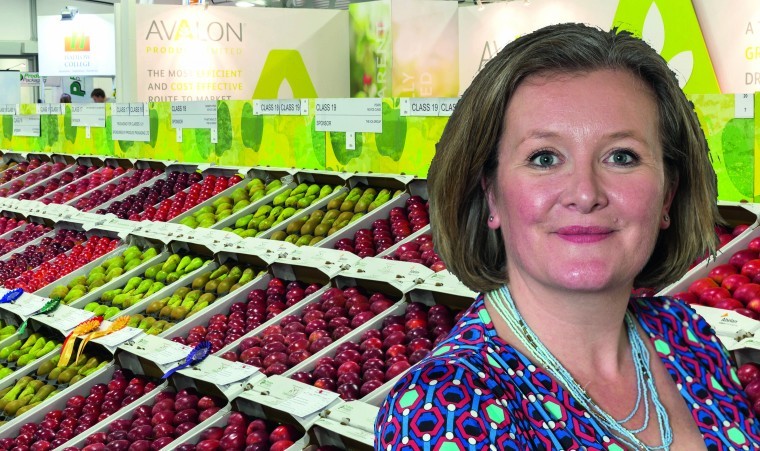As reported elsewhere in this edition, in early January we had much-awaited confirmation from DEFRA that the seasonal worker permit scheme would be extended. As you can imagine, the news that we will have access to up to 40,000 permits for people wanting to come to the UK and work in horticulture was very welcome.
This has been especially good news for the ornamentals sector, which is now included within the scheme. As previously mentioned in this column, in 2021, by peak harvest in August, we were short of workers by around 40%. That is an enormous number of vacancies, and it had a consequential effect on planting for the 2022 harvest, with the soft fruit sector unwilling to risk growing more if they are at all unsure on sourcing labour.
I have to disagree with the statement by George Eustice that the scheme will force companies to pay those using this route a minimum salary to discourage poor conditions.
There is absolutely no chance that any grower taking on staff at the current time is paying anything less than the living wage; in all instances I’ve come across they are paying substantially more! Ethical, crop assurance and retailer auditing ensures that UK food is among the most regulated in the world, with the highest standards for safety, worker welfare and fair pay.
The element of the statement I wish to focus on, however, is automation. We are told: “The government believes more must be done to attract UK workers through offering training, career options, wage increases and investment in increased automation technology.”
It continues: “DEFRA said it will be bringing forward further proposals in due course on ways to support the sector as well as progressing recommendations in the Automation Review.”
This review has been authored by the leaders of AI and robotics in the UK, including Professor Simon Pearson of Lincoln University (who is speaking at the fruit show AGM this year) and Dave Ross, CEO of the Agri-EPI Centre.
A full analysis of the technology currently available to UK growers has been undertaken, along with a capacity review and recommendations on strategic investment in systems, research and the production of technology that will benefit the industry at home and will also be exportable. There is such an opportunity here to build upon the systems that are already delivering real change.
Over the past year I have attended events, or demonstrations, of the following:
- Drone flight crop estimation
- Satellite mapping
- Robotic orchard platforms for early disease identification
- LiDAR camera usages for canopy/blossom/fruit analysis
- Robotic strawberry harvesting
- Driverless tractors
- Harvesting rigs improving productivity and reducing labour requirements.
Where do we go from here? Well, the robotic apple harvester is a long way away, but it is a reality for the soft fruit crops that hang fruit in a regular area on the outside of the plant structure; laser cameras and NIR technology mean that 24-hour harvesting and remote management is a real possibility.
For top fruit, perhaps we need to be building on what our rigs can do. Grading has to come next; the returns to be made on top fruit demand that only those fruits within a retailer specification should go into the best, longer term stores.
In orchard management we must get to a point where all growers can interpret data on their orchards to enable quick and accurate decision making and precision crop management. Many can monitor health on their phone but don’t have the ability to see beyond the few trees their agronomist has looked at.
Improvements in management will lead to better returns/lowering of wasted margin trough produce with no sustainable return and will also lead to a change in the nature and physical demands of harvesting, which will improve perceptions.
That said, we don’t have enough people in rural areas who can take a temporary job, do we? The biggest and best results of the review and its ongoing impact will be supporting the delivery of the Environmental Land Management scheme objectives and ‘common good’ goals along with a healthier diet for the UK population based on locally produced food.




